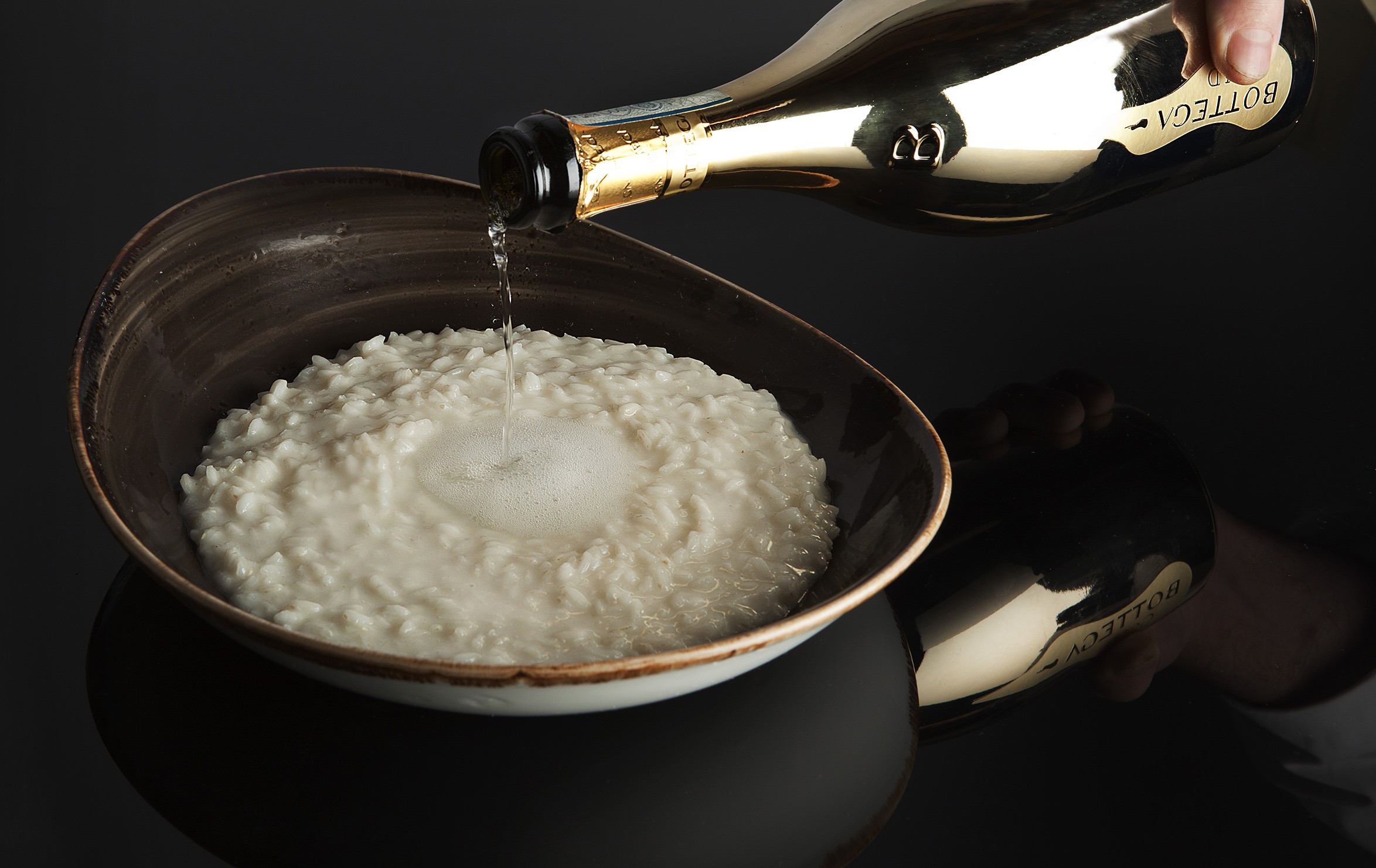Vermouth di Torino gains US trademark
Vermouth di Torino has received trademark certification in the US after a three year campaign.

Trademark certification means that products sold in the US under the ‘Vermouth di Torino’ label must conform to certain criteria. Among these is a requirement that at least 50% of the base wine is from Piemontese grapes, and that is aromatised with a number of botanicals, chiefly those of the Artemisia genus, better known as wormwood, which is where the word ‘vermouth’ originates from. Pancalieri, just south of Turin, is the centre of wormwood production. Vermouth di Torino’s sweetness can range from extra secco (less than 30 grams of sugar per litre) to sweet (130 or more grams of sugar per litre), and it can be white, amber, rosé or red.
The application to register Vermouth di Torino in the US was first filed by the Consorzio del Vermouth di Torino in December 2020, specifying that its US labelling be “in accordance with the mark’s status under Italian law as a Geographical Indication of the goods being from the Piemonte wine-growing region in Italy, the capital of which is Turin, and under the laws of the European Union as a European Geographic Indicator”.
Roberto Bava, managing director of Cocchi and consorzio president, said of the process: “The US Certification Mark, was not easy or obvious to obtain. It took three years of work during which the consorzio worked closely with the historic Vermouth di Torino producers, who made their archives available for the purpose of gathering the documents necessary for the preparation of the dossier. These authentic testimonies made it possible to prove that Vermouth di Torino was sold in the United States by consorzio members on a continuous basis from 1866 to the present, and to obtain its rights of antecedence.”
Cocchi is one of the 35 producers making Vermouth di Torino.
‘Vermouth di Torino’ was officially recognised as a geographical designation by the then European Community in 1991, and with Decree 1826 of 22 March 2017, the Italian Ministry of Agricultural, Food and Forestry Policies recognised the drink’s Indicazione Geografica Protetta (IGP). In 2019, the year the consorzio was founded in April 2019, the European Union also recognised it.
Partner Content
Consorzio director Pierstefano Berta said of this latest achievement: “Registration in the US is crucial in the path of protection and control of the Vermouth di Torino IGP. The US represents a very relevant market for consorzio members. The Consorzio del Vermouth di Torino has been active in this market, and obtaining certification is essential to safeguard the producers of authentic Vermouth di Torino, and also to protect the authenticity of this product among consumers.”
The consorzio also revealed that its next goal was to finalise the registration of the Vermouth di Torino geographical indication in Canada.
During a meeting with the drinks business this summer, Bava gave a distilled history of why aromatised wine production became so popular in Piemonte: “Turin had a perfect combination of ingredients – spices came through the ports of Genoa and Venice, oranges came from the Kingdom of the Two Sicilies, and we got wormwood from the mountains.”
Bava also noted that since Ancient Roman times, there has been a culture of adding aromatics to a base wine, though he argued: “Those weren’t vermouth, they were missing one ingredient – pleasure.”
The process of receiving US trademark certification can be a lengthy one with many legislative hurdles. Earlier this year, the drinks business spoke with Hollywood director and Singani 63 brand owner Steven Soderbergh about his campaign to get Bolivia’s national spirit recognised.
Related news
Bottega celebrates Unesco recognition of Italian cuisine




